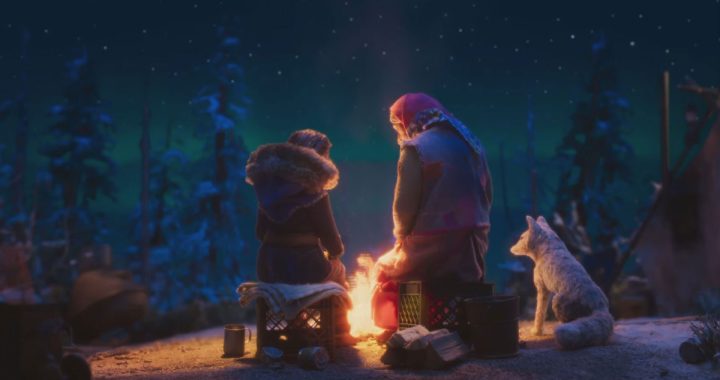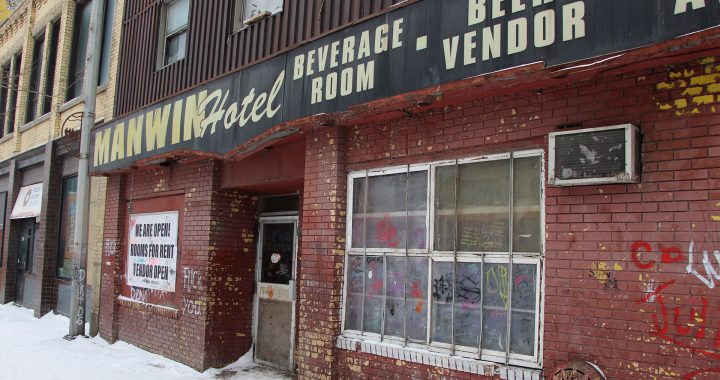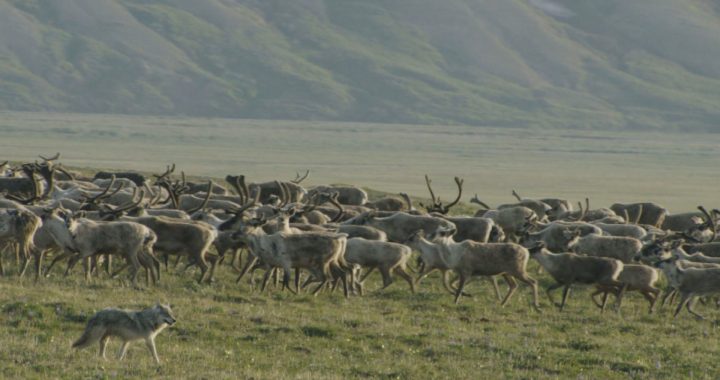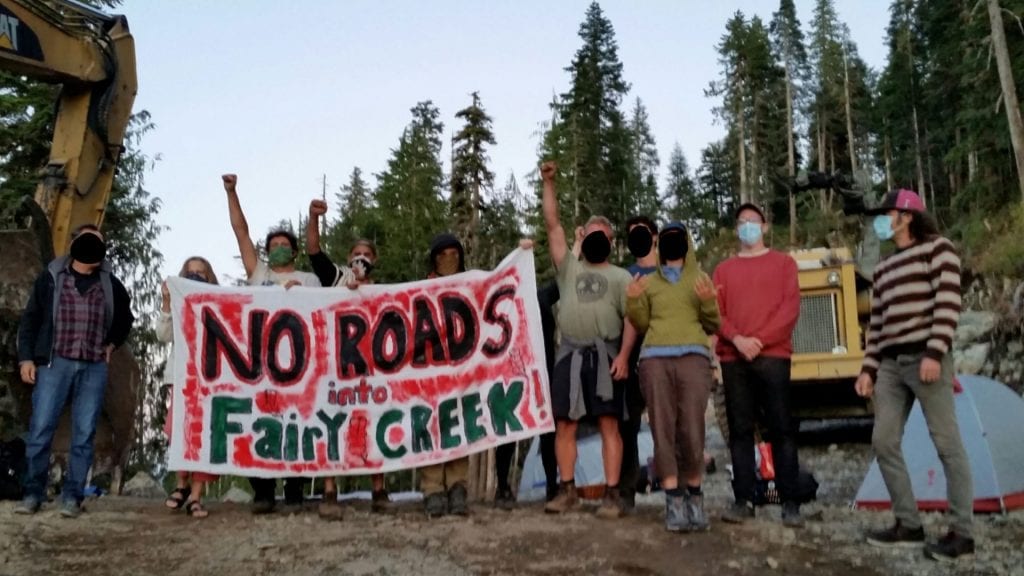
(Fairy Creek Watershed blockade on Vancouver Island. Submitted photo)
Opponents are occupying an old-growth forest on Vancouver Island to prevent imminent logging.
The group says it is protecting the last intact watershed on the San Juan River system.
About 30 people set up the blockade at the Fairy Creek watershed near Port Renfrew.
“Six per cent roughly of the best bottom-land ancient trees are protected – the rest has either been logged or is about to be logged,” spokesman Saul Arbess said in a phone interview with APTN News.
“At this point in time, there is the intention by the logging companies to eradicate the remaining old-growth forests, basically.”
Teal Jones, the largest privately owned timber harvesting company in B.C., started construction a month ago on a road to start logging the untouched area.
The company did not respond to a request for comment from APTN.
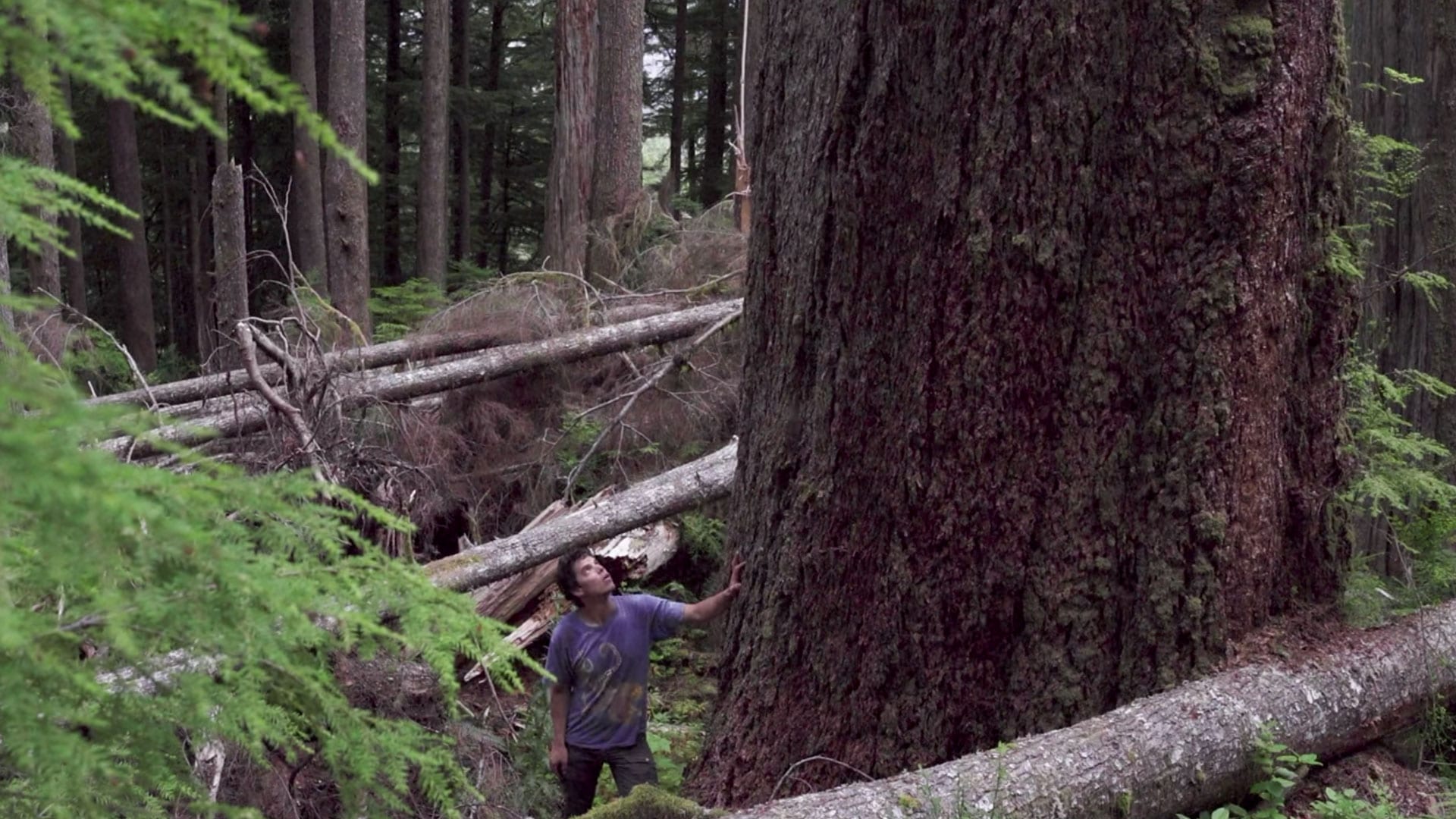
British Columbia reports 94.8 million hectares that comprise its land mass is made up of about 23 per cent old-growth forest.
READ MORE: How much Old Growth is in B.C.?
But an independent study released last spring claimed the number was much lower, with old-growth at three per cent of total land mass.
Some scientists say the majority of trees listed in the province’s report are small with only a fraction of land to support large trees that people would consider as old growth.
READ MORE: BC’s Old Growth Forest: A last stand for bio-diversity
Along with protecting Fairy Creek Valley, Arbess said opponents wants the province to release its Old Growth Strategic Review, an independent review of forestry practices helmed by foresters Garry Merkel, a member of the Tahltan Nation, and Al Gorley, former chair of the Forest Practices Board.
The panel was scheduled to report back in the spring with recommendations on a new approach to old-growth management.
“Logging has gone on, and it may be even accelerated because of the concern companies have that their forest base may be further reduced by the recommendations that are contained in the report,” said Arbess.
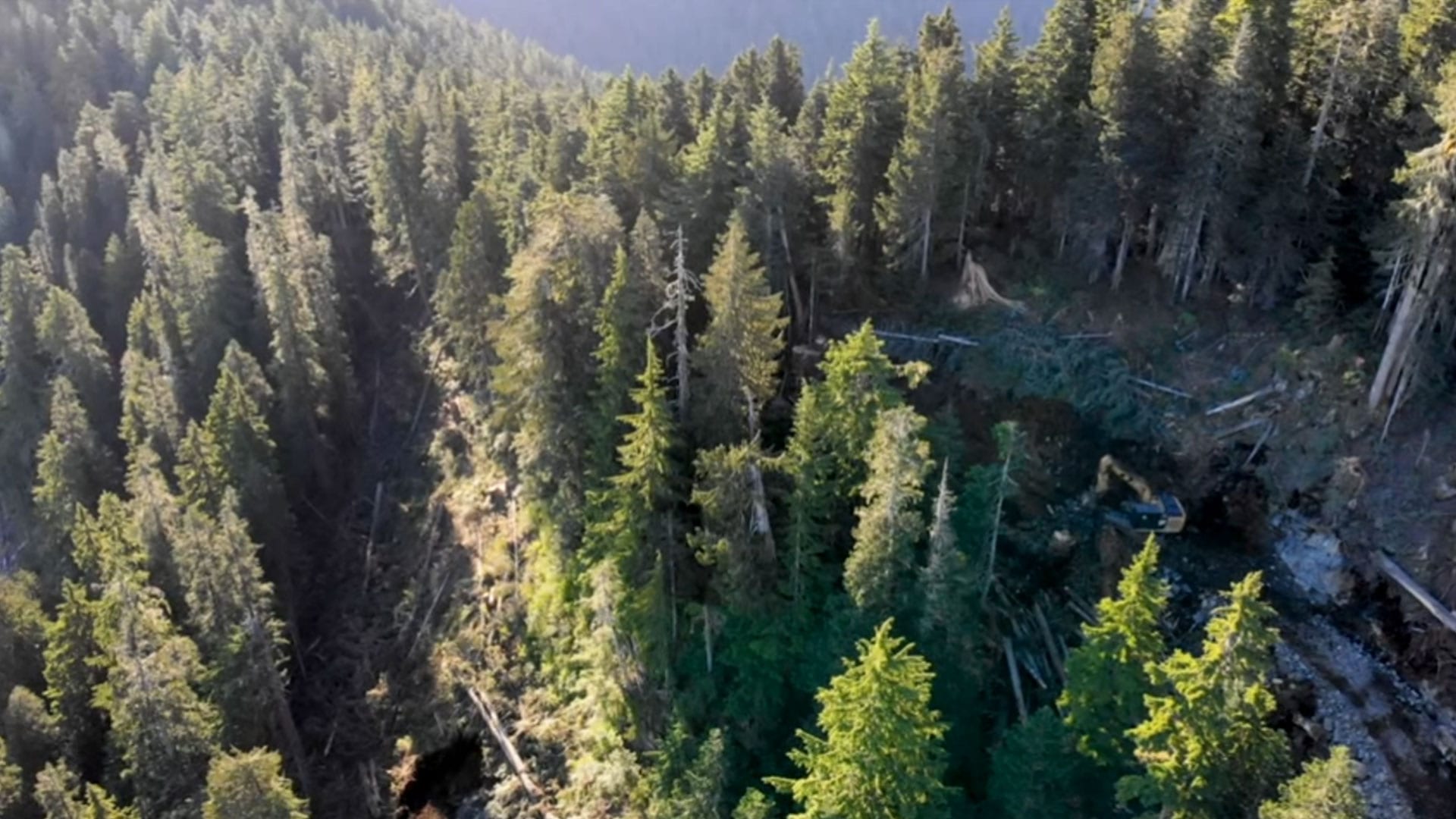
B.C. Forests Minister Doug Donaldson said the report, which will address issues with old-growth trees along with stakeholders in a comprehensive science-based approach, will be released in late summer or early fall.
“The panellists asked government to release the report within six months of its receipt on April 30. We expect to release it well in advance of that, likely later this summer or in the early fall,” Donaldson said in an emailed statement to APTN.
“The release of the report will lay out a plan for the future, but implementation of the report will require government-to-government engagement with First Nations, and include discussions with the environmental community, workers, industry and communities. By working together we can and will find a path forward to better manage for our old-growth forests.”
According to Arbess, the group reached out to nearby Pacheedaht First Nation but was unsure where they stood on Fairy Creek watershed protection.
He suggested there is a positive economic impact that goes along with their environmental cause, noting towns like Port Renfrew, which depend on logging, now benefit from the protection of the ancient forests.
“The standing forest, in terms of its tourism potential, is enormous and ties in the other protected areas that surround Port Renfrew that people can visit. They want to visit; they want to come from all over the world,” he said.
Arbess said the group’s next action will depend on what is in the report.




